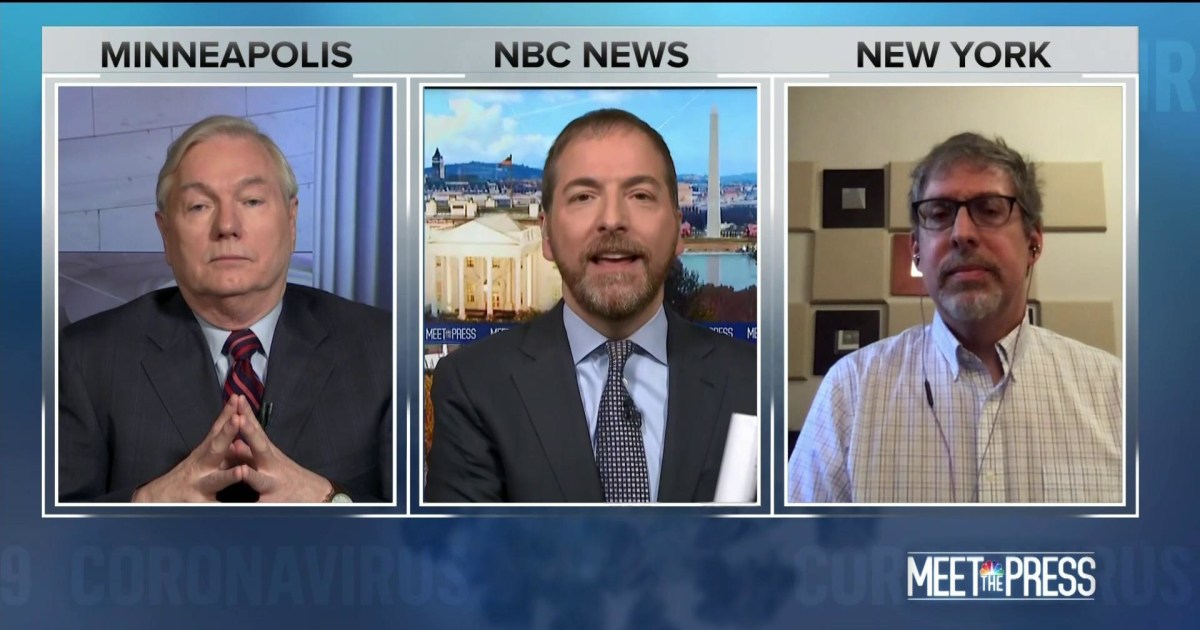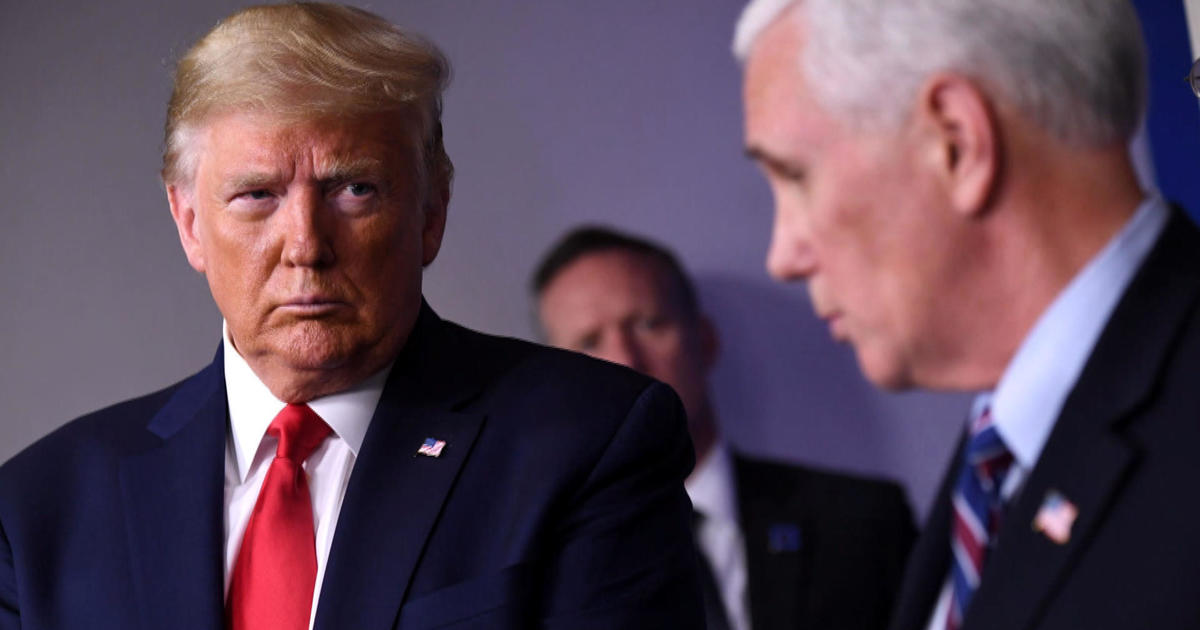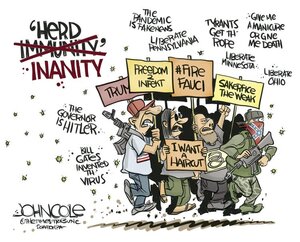- Joined
- Jun 8, 2008
- Messages
- 56,765
Silver lining to how angry I am about Trumps leadership during covid is that I no longer have any Trump supporting friends or acquaintances in my life or social media circles. Nope. Done being patient and empathetic when they’re posting nonsense on the daily that has blatant disregard and disrespect for other people’s lives, science, and healthcare workers. I don’t need that kind of abuse in my life. Bye and good riddance.
Yes, I have to say if anyone still supports Trump after all this I am confounded. It should be interesting because we have some friends at the shore who are Republicans but I cannot believe they would still be supporting Trump. And I will ask them when we see them or talk with them.
In fact, I am curious to hear if you are willing to share. If you were a Trump supporter before this do you still support him? Do you think he is doing a good job during Covid 19? Genuinely interested to hear from anyone who still is a Trump supporter. I am not being sarcastic at all. I really want to hear from Trump supporters so I can understand.










300x240.png)